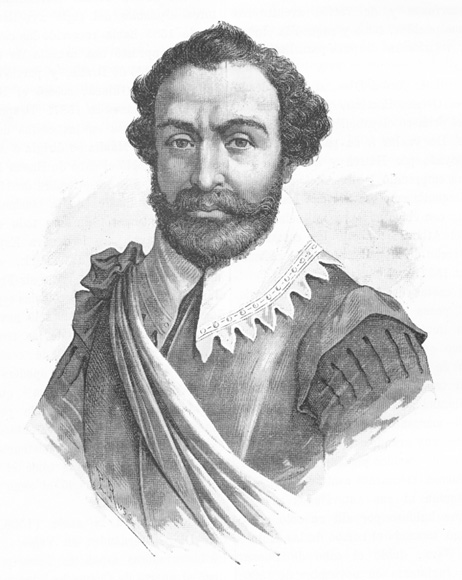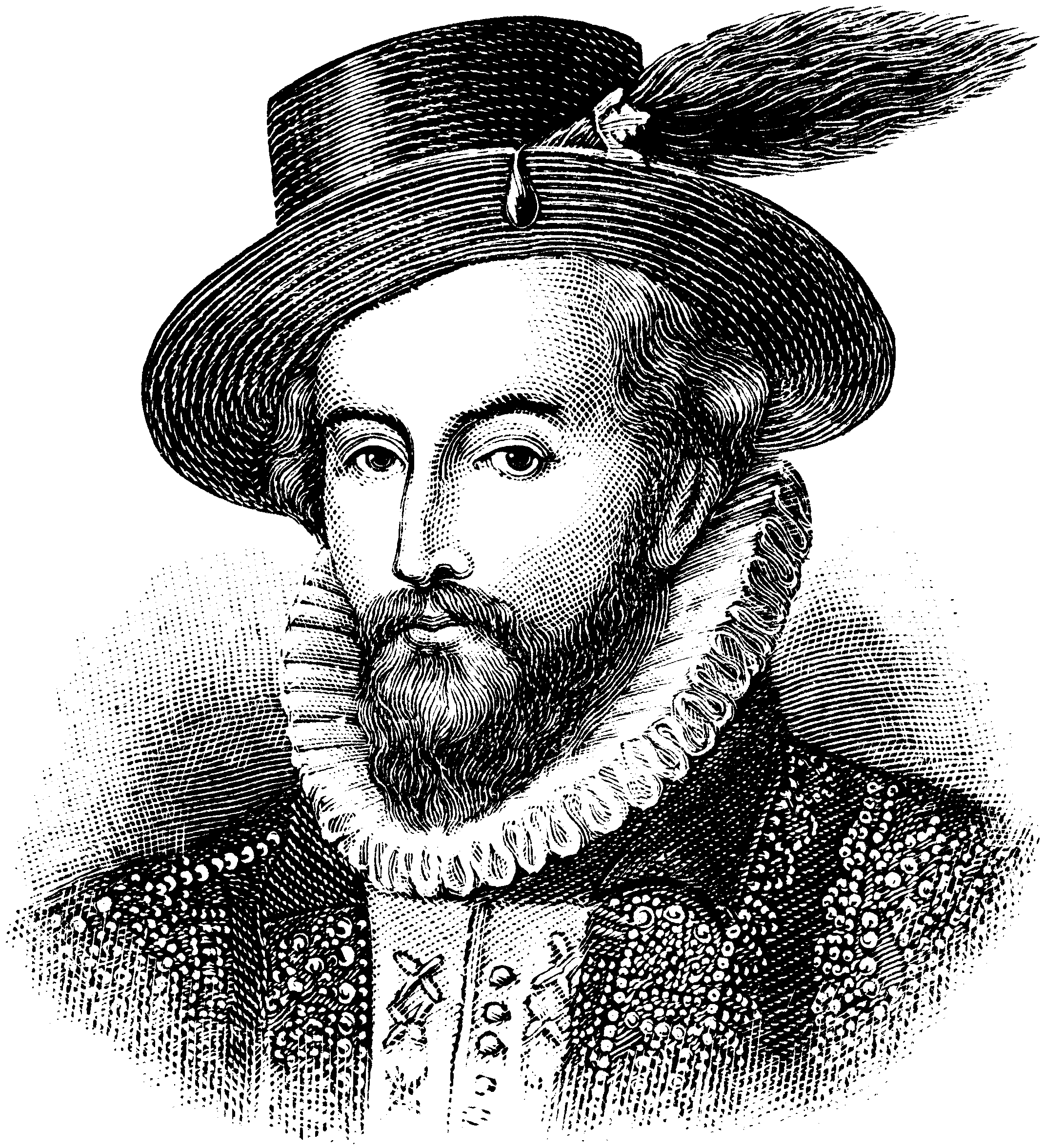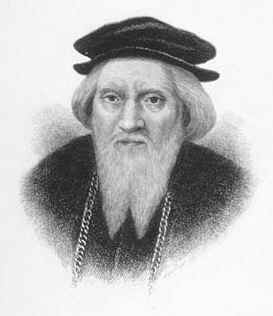- European explorer
- English explorer
Giovanni Caboto (c. 1450 – c. 1508) known in English as John Cabot, was an Italian navigator and explorer whose 1497 'discovery' of North America is commonly held to be the first European voyage to the continent since Norseman Leif Ericson's landing in c.1003. The Canadian and United Kingdom governments' official position is that he landed on the island of Newfoundland.

Sir Francis Drake
Sir Francis Drake, Vice Admiral (1540 – 27 January 1596), was an English sea captain, privateer, navigator, slaver, a renowned pirate, and politician of the Elizabethan era. Queen Elizabeth I awarded Drake a knighthood in 1581. He was second-in-command of the English fleet against the Spanish Armada in 1588, subordinate only to Charles Howard and the Queen herself. He died of dysentery in January 1596[1] after unsuccessfully attacking San Juan, Puerto Rico.
His exploits were legendary, making him a hero to the English but a pirate to the Spaniards to whom he was known as El Draque, 'Draque' being the Spanish pronunciation of 'Drake'. His name in Latin was Franciscus Draco ('Francis the Dragon').[2] King Philip II was claimed to have offered a reward of 20,000 ducats,[3] about £4,000,000 (US$6.5M) by modern standards, for his life.
He is famous for (among other things) sailing around the world, returning to England in 1580.
Henry Hudson (d. ca. 1611) was an English sea explorer and navigator in the early 17th century. After several voyages on behalf of English merchants to explore a prospective Northeast Passage to India, Hudson explored the region around modern New York City while looking for a western route to Asia under the auspices of the Dutch East India Company. He explored the Hudson River – – and laid the foundation for Dutch colonization of the region.
Hudson's final expedition ranged farther north in search of the Northwest Passage, to the Orient, leading to his discovery of the Hudson Strait and Hudson Bay. After wintering in the James Bay, Hudson tried to press on with his voyage in the spring of 1611, but his crew mutinied and they cast him adrift.[1] His ultimate fate is unknown.

Sir Walter Raleigh
Sir Walter Raleigh[1] (c. 1552 – 29 October 1618) was a English aristocrat, writer, poet, soldier, courtier, and explorer.
Raleigh was born to a Protestant family in Devon, the son of Walter Raleigh and Catherine Champernowne. Little is known for certain of his early life, though he spent some time in Ireland, in Killua Castle, Clonmellon, County Westmeath, taking part in the suppression of rebellions and participating in two infamous massacres at Rathlin Island and Smerwick, later becoming a landlord of lands confiscated from the Irish. He rose rapidly in Queen Elizabeth I's favour, being knighted in 1585, and was involved in the early English colonisation of the New World in Virginia under a royal patent. In 1591 he secretly married Elizabeth Throckmorton, one of the Queen's ladies-in-waiting, without requesting the Queen's permission, for which he and his wife were sent to the Tower of London. After his release, they retired to his estate at Sherborne, Dorset.
In 1594 Raleigh heard of a "City of Gold" in South America and sailed to find it, publishing an exaggerated account of his experiences in a book that contributed to the legend of El Dorado. After Queen Elizabeth died in 1603, Raleigh was again imprisoned in the Tower, this time for allegedly being involved in the Main Plot against King James I, who was not favourably disposed toward him. In 1616, however, he was released in order to conduct a second expedition in search of El Dorado. This was unsuccessful and the Spanish outpost at San Thomé was ransacked by men under his command. After his return to England he was arrested and, after a show trial held mainly to appease the Spanish after Raleigh's attack of San Thomé, he was beheaded at Whitehall.

George Vancouver
Captain George Vancouver RN (June 22, 1757 – May 10, 1798) was an officer in the British Royal Navy, best known for his exploration of the North-West Coast of North America, including the shores of the modern day Alaska, British Columbia, Washington and Oregon. He also explored the southwest coast of Australia.
Vancouver Island, Canada and the cities of Vancouver, British Columbia, Canada, and Vancouver, Washington, USA are named after him.


No comments:
Post a Comment